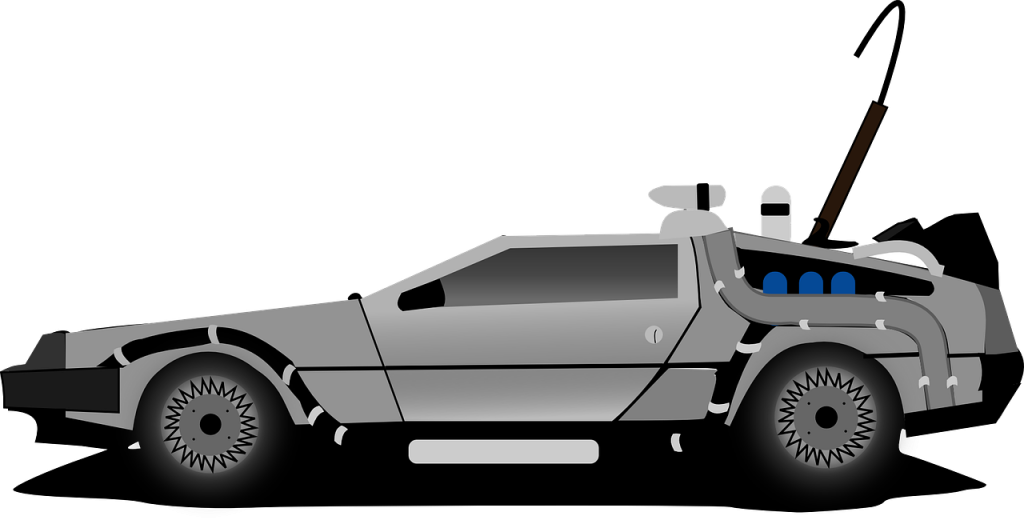What Will Audiology Be Like 30 Years from Now?
From the Labs to the Clinics
Renowned auditory researcher Dr. Robert Harrison brings us up to date on information and research from the Labs. Appropriately titled “From the Labs to the Clinics”, Bob is involved in laboratory and applied/clinical research, including evoked potential and otoacoustic emission studies and behavioural studies of speech and language development in children with cochlear implants. For a little insight into Bob’s interests outside the lab and the clinic, we invite you to climb aboard Bob’s Garden Railway.
In this issue of Canadian Audiologist, tribute is paid to Dr. Michael Valente for his long and productive career in academic audiology. This occasion prompted me to reflect on the pace of change in audiology and to speculate on where we will be 30 years from now. Perhaps some readers are just starting or are early in an audiology career. What will your job be like by the time you retire?

The pace of change in the last 30 years is easy to report. Much of the “bread and butter” testing in audiology was already well established, but the 70s and 80s brought us a wide range of new tools for hearing testing and hearing aids. In an earlier column I wrote about the discovery of otoacoustic emissions. This test opened up the door for neonatal hearing screening, and this in turn has challenged the hearing healthcare community to do a wide range of tasks much earlier than before: early diagnosis, early intervention, safe fitting of hearing aids on babies etc. Another revolution at the time was the development of the cochlear implant, as well as bone-anchored hearing aids. These devices provided new avenues of help for hearing impaired infants and adults, and are now common (I will guess at about half a million cochlear implants worldwide). Advances in digital processing have both improved and miniaturized hearing aids (now we need to reduce their cost!).
Also, in the last 30 years audiology has seen new diagnostic tools including refinements of ABR and electro-cochleography, ASSR, and various cortical evoked potentials. Magnetic resonance and CT has become routine for imaging congenital abnormalities, and in the academic world fMRI and MEG can reveal central auditory brain activity patterns.
Clearly, the present is an exciting time for audiology, but what of the future? This is more difficult to ponder, not least because there may be unexpected surprises (just as when OAEs were discovered). But I will speculate on a few areas of science that will have some impact on audiology in the years ahead. I will keep my list short and mention just three topics: genetics, refined diagnosis and haircell regeneration.

We are fully into the era of genomic science. Sequencing an individual human genome is becoming inexpensive and more routine. We know much about genetic causes of hearing loss, and gene-environment interactions that can result in hearing loss. We can test for many known hearing loss gene mutations, and now understand the etiology of many of those infants previously diagnosed as “congenital loss of unknown origin.” Already pediatric audiology benefits from genetic testing. The future will see significant impacts in adult audiology as we learn more about genes that may not directly cause hearing loss but make an individual more susceptible to, for example, ototoxic drugs or noise exposure.
Our knowledge of genetics is obviously leading us to make very accurate assessment of etiology. This will be the way of the future in audiology. No longer will we simply point to an audiogram and a tympanogram and say, “here is the hearing loss.” We will have a clear cause, we will understand the underlying pathology and know where the problem originates and its possible progression etc. Based on a more complete understanding we will be able to offer a clear prognosis, and to advise very precisely the best strategy for habilitation. I am very confident that this is where the audiologist will be in 30 years time.
So, you may ask, what about haircell regeneration? How will this impact hearing healthcare in the next three decades? My answer is, confidently, not much at all. By which I mean that we will still be miles away from the dream of haircell regeneration being a “cure” for cochlear hearing loss. Now, I have to be careful here so as not to offend many of my scientific colleagues whose careers hinge on this dream, so I will say that we have come a long way in understanding how haircells, and spiral ganglion cells naturally form, and how they can and do regenerate in non-mammalian vertebrates. Our understanding of the cellular mechanisms that control haircell mitosis and differentiation increases daily. We know so much about the Atoh-1 transcription factor that regulates the formation of haircells. We know so much about the Notch and Wnt signalling pathways and various growth factors that mediate cochlear development. But we are really not close to being able to recapitulate nature. (In future columns I will review in more detail the molecular biology mentioned above.) There will, in the near future, be gene manipulations that will potentially cure certain types genetic hearing loss. Novel gene insertion where mutations are known is already possible, and clinical trials have been initiated. However, it is my impression that we will need more than 30 more years before the magic (hearing loss) bullet is at our disposal.
So, hearing loss will not be eradicated within the next 30 years, and your jobs as audiologists are safe. Indeed, with the growing complexity of our knowledge, the profession will be well challenged and stimulated. I predict that in the next 30 years audiology will become more and more interesting.

